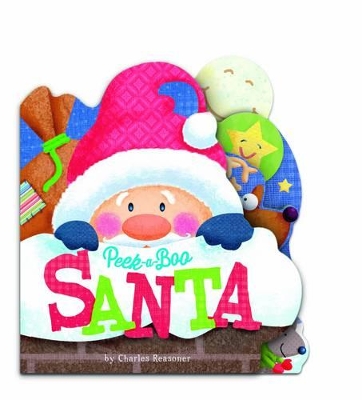
Reindeer (Mini)
No. of pages 10
Published: 2014
Add this book to your 'I want to read' list!
By clicking here you can add this book to your favourites list. If it is in your School Library it will show up on your account page in colour and you'll be able to download it from there. If it isn't in your school library it will still show up but in grey - that will tell us that maybe it is a book we should add to your school library, and will also remind you to read it if you find it somewhere else!
"Reindeer" by Charles Reasoner is a delightful children's book that introduces young readers to the enchanting world of reindeer. Through vibrant illustrations and engaging text, the story explores the habitat, behavior, and life cycle of these majestic creatures. Readers learn about the reindeer's role in various cultures, particularly in connection with winter festivities. The narrative is designed to be both educational and entertaining, fostering a sense of wonder about nature. Each page invites curiosity and encourages a love for wildlife, making it a perfect read for young animal enthusiasts and an excellent addition to any child's bookshelf. [Generated by language model - please report any problems].
This book features in the following series: Peek a, Peek a Boo Books .
This book is aimed at children in preschool+.
This book has been graded for interest at 1-3 years.
There are 10 pages in this book.
This is a picture book. A picture book uses pictures and text to tell the story. The number of words varies from zero ('wordless') to around 1k over 32 pages. Picture books are typically aimed at young readers (age 3-6) but can also be aimed at older children (7+).
This book was published in 2014 by Capstone Press .
Charles Reasoner has been creating and illustrating best-selling children's books for nearly 30 years. Chuck's imaginative and fun-filled illustrations are colorful evidence of his belief that reading stimulates a child's future creativity.
Animals in literature
Moose in literature
Caribo in literature
Deer in literature
Christmas And Advent in literature
Learning Concepts in literature



